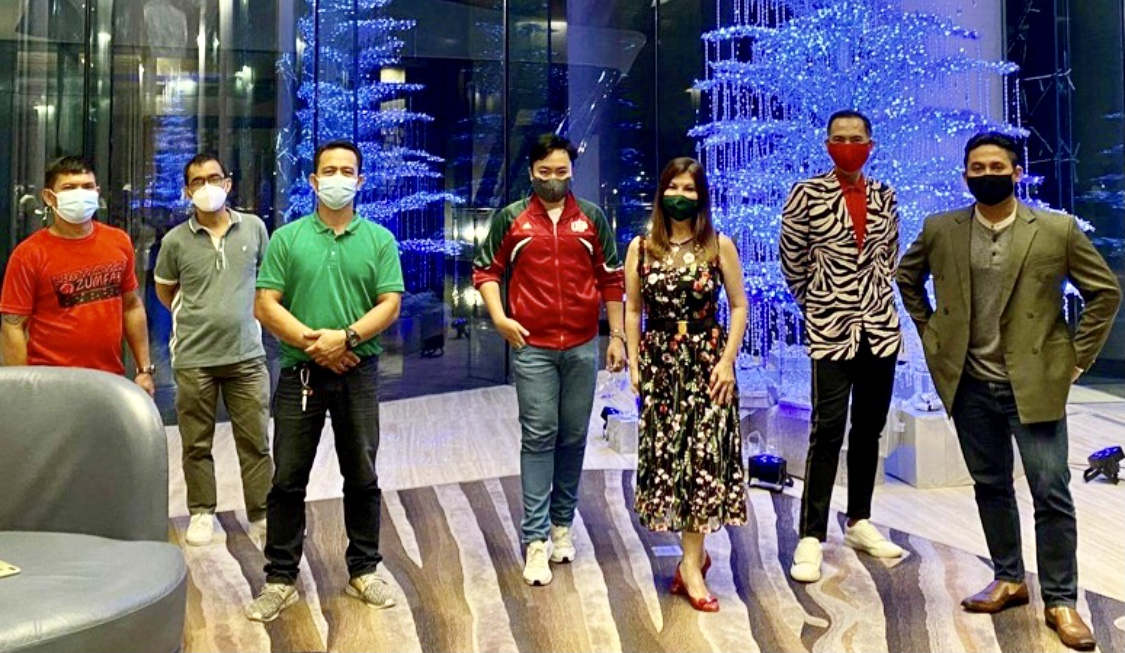Without hope and the kindness and selflessness that go with it, we might as well ditch the face mask, throw away the face shield and act as if it’s business as usual this coming 2021. Now, that would be the real tragedy.
By Alex Y. Vergara
The idea of death, especially among young people at the peak of their powers, seems rather remote, even alien to many of us. Having been relegated once too often, no matter how educated or modern we style ourselves to be, as a taboo subject in the land of the living, death seems to occupy a minuscule space in our everyday consciousness. Unless we work, say, as healthcare professionals, law enforcers, military personnel, priests or undertakers, death is a subject we try to avoid dwelling on for a number of different reasons.
For it to gain some resonance in our lives, we need to vicariously experience death ourselves through the passing of a dear friend or loved one. Such an experience doesn’t necessarily lessen death’s sting the next time somebody close to us dies. Nor does it necessarily make us any braver when we ourselves are face to face with it. But the experience, more often than not, changes us and our perspectives about living and dying in ways we’ve never imagined or given much thought before.

All too sudden, death loses a great deal of its mystery, as it becomes all too real in our lives. It’s no longer something that could strike our favorite movie star, the incorrigible politician who’s been around for ages, or even the nameless grocery store clerk working in the nearby supermarket. It could now very well happen to us. Put another way, having claimed the life of someone we hold dear, death has suddenly gained a human face.
And so it has been for countless families and individuals the world over in 2020, as the Grim Reaper experienced a bumper year not seen since the previous pandemic in 1918, as the number of deaths continue to mount due to COVID-19—80.7 million cases resulting in 1.76 million deaths as of this writing.
And we’re not even talking of corollary deaths due to COVID—those who died of isolation, neglect, broken hearts, or simply the inability to have themselves checked or admitted to the hospital for fear of getting infected themselves. Death eventually found them, anyway, as they avoided getting COVID only to die of something else.
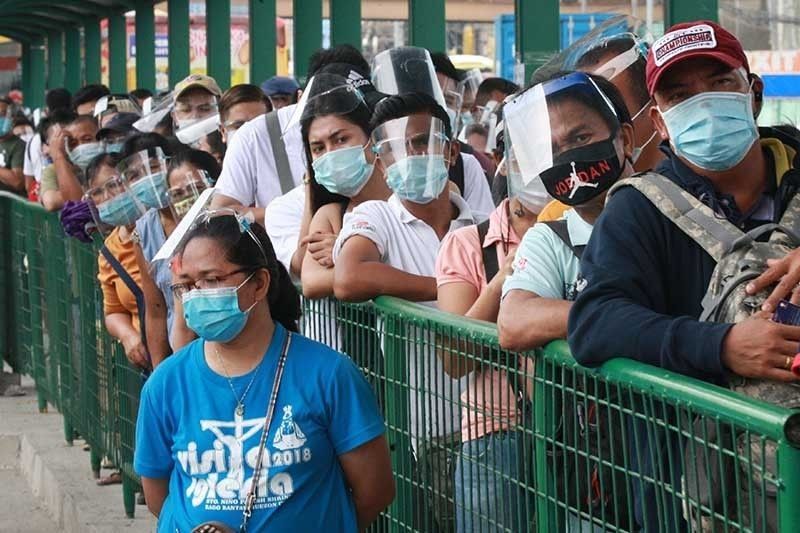
Just another epidemic?
As news of another epidemic in China greeted us early this year, I, like countless others, treated it as just another one of those health crisis that happens with almost routine regularity in the world’s most populous nation. Nothing to lose sleep over, really.
Just like the Severe Acute Respiratory Syndrome (SARS) and H1N1 (bird flu) outbreaks some years back, I reckoned initially that, apart from the usual cluster of cases in China, a number of cases were bound to crop up in foreign shores only for the entire thing to dissipate even before June rolled around.
After the world had come out hardly unscathed by SARS, even ebola in Africa and the swine flu in Mexico, how could we not ride this new looming contagion out? And no matter how novel it was, it still came from the same family of coronaviruses, didn’t it? Surely, modern science and our own supposedly fortified immune system would quickly find a way to thump it down, turning it yet into another benign nuisance no different from the common cold or even the regular flu.
But, again, like countless others, I was wrong. As we all know by now, COVID-19, the still-baffling disease this new coronavirus causes, is far from benign and under control, and certainly much, much more than a mere nuisance. Overnight, face masks and face shields became the accessories du jour, not by choice, but by imposition and out of necessity.
What we do know now is it’s a highly contagious killer that slowly strips us of our dignity and defenses, turning our very own immune system against us until the body’s other systems start to shut down one by one.
For the first time in living memory, we have been schooled on what a full-blown pandemic really is with people themselves as vectors of disease. And, in an age of quick and easy travel, no corner of the world, even a place as remote as Antartica, is truly 100 percent safe.
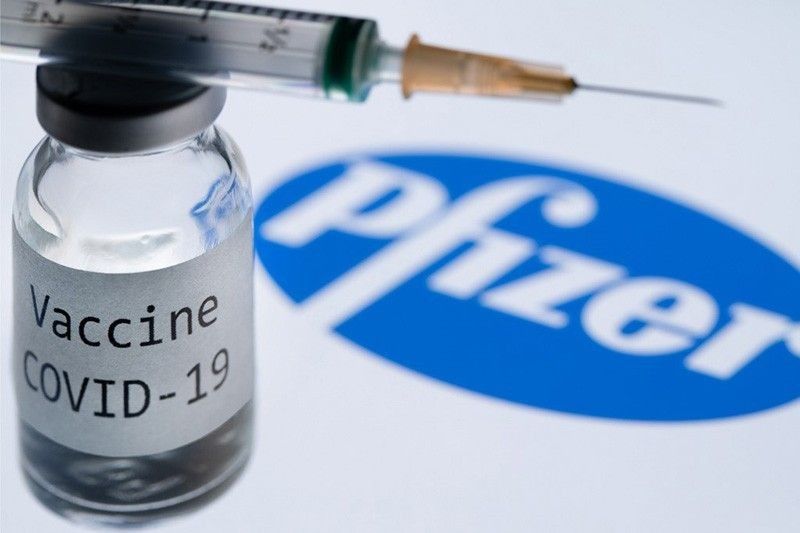
Replete with irony
It’s also a disease replete with irony. While its main mode of transmission is through air, specifically by way of those virus-laden invincible droplets an infected person either exhales, sneezes, or coughs out, it leaves many of its victims during the disease’s acute phase gasping for it.
And like a scar inflicted by a crazy, spurned lover, it also leaves us with a host of other ailments to remember it by. Not a few of those lucky enough to survive COVID-19 are still suffering from the disease’s various lingering effects months after being discharged from the hospital.
But without a doubt, the most unkindest cut COVID-19 leaves us with is the isolation and separation it engenders between the sick and his or her loved ones. Because of the disease’s highly contagious nature, protocol dictates that the infected, even those with mild symptoms, is kept away from other members of the family.
Countless heartbreaking stories abound of sick people in the ICU talking to their families at home and saying their goodbyes through smartphones and iPads, as their hold on dear life becomes more tenuous by the hour. There have also been quite a number of cases, especially in the West, of people, especially the elderly, dying alone of COVID-19 in their apartments, their decomposing bodies only to be discovered days, even weeks later after their deaths.
It’s no less torture to the healthy, as they helplessly watch their sick loved ones slip away. Everything about this disease runs counter to human nature: our need to congregate and talk, kiss and hug, seek solace from and comfort one another in times of sickness and, during the lockdown’s height, even grieve and properly bury our dead.
In many ways, COVID-19 is very much a social disease as it is a viral one that tries to separate and divide us when what we need to do most is unite.
It’s no hoax!
It may sound funny, if only it weren’t real, but nearly a year on there are still folks out there who think that COVID-19 and the lives it has so far claimed are one big hoax. Not a few people, most notably in the US, which has recorded the highest number of COVID-related deaths, are still debating whether or not to wear masks. Go figure.
I’ve had no time to even entertain such thoughts, as designer Ito Curata, a good friend of mine, whose society column I edited regularly for PeopleAsia’s printed edition, and his partner Bob Miller died one after the other of COVID just as the virus was warming up in late March and mid-April, respectively.
Hardly had the so-called first wave risen when I saw death with a human face through these two once lively, gracious and intelligent gentlemen. But it wasn’t the first time I stared death in the face.
In many ways, I’ve had a foretaste of what COVID could likely do to you five years before the fact. As my comatose father, stricken by hospital-acquired pneumonia, lay dying in the ICU unable to breathe on his own, he was hooked on various drips, lines and beeping machines, including being intubated to the dreaded ventilator, that didn’t do much, really, but prolong the inevitable.
That was why when I heard of the dire need for critically ill COVID-19 patients to be hooked on ventilators, iron lungs as they call it back in the day, I didn’t really feel very hopeful for them. And true enough, there have been more deaths than recoveries as one reaches this last line of defense.
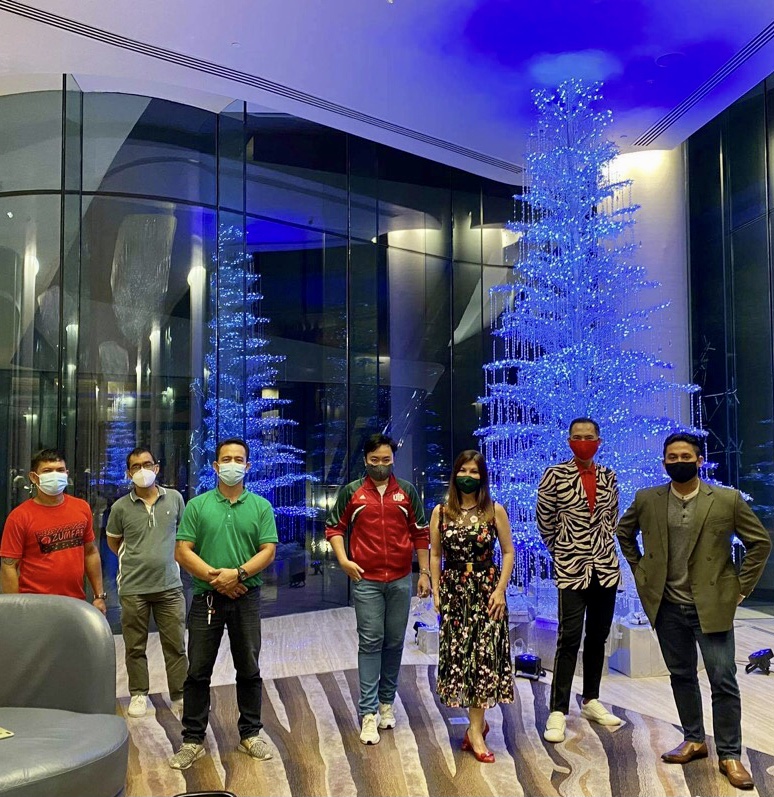
As one grows older there are certain events in our lives that we can’t seem to shake off. If we can’t forget about them, then we might as well embrace them.
Five years on, for instance, I can’t help but still think of my dad when I hear someone dying of COVID. Knowing how sociable and stubborn he was, would I be able to stop him from venturing outside, even chatting with the next-door neighbor across the fence, and eventually catching the virus himself had he lived long enough? If the virus doesn’t get him, would total isolation, if ever such a state exists, save him? Or would it even hasten his demise?
Should I consider him and our entire family lucky that he passed on before this pandemic? That, at least, we were able to comfort him during his last days and give him a proper sendoff not accorded to many these days, as their remains, for a time, were immediately cremated no matter the cause of death? Should that happen, would we even be getting his ashes and not those of someone else’s, as not a few families had reasons to suspect when cremations were made quick and mandatory by government just a few months ago?
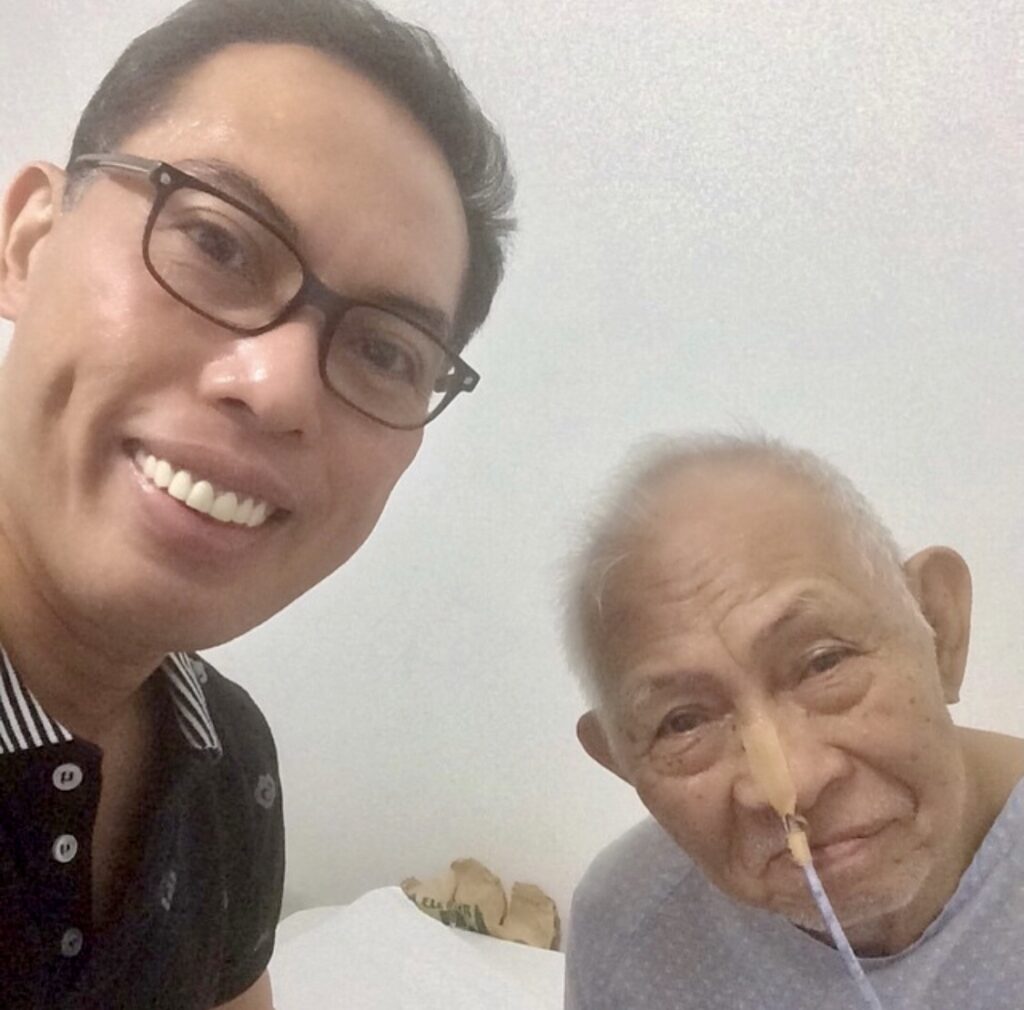
Like most of you, I have no quick and easy answers. Only a series of what ifs and what could have beens that seems to grow longer by the day. That and the hope that things are bound to get better, less murkier and, ah, more normal, as we brave another year ahead armed this time with more knowledge about the virus and what could be several effective vaccines. Otherwise, without hope and the kindness and selflessness that go with it, we might as well ditch the mask, throw away the face shield and act as if it’s business as usual. Now, that, to me, would be the real tragedy.
Happy New Year!

